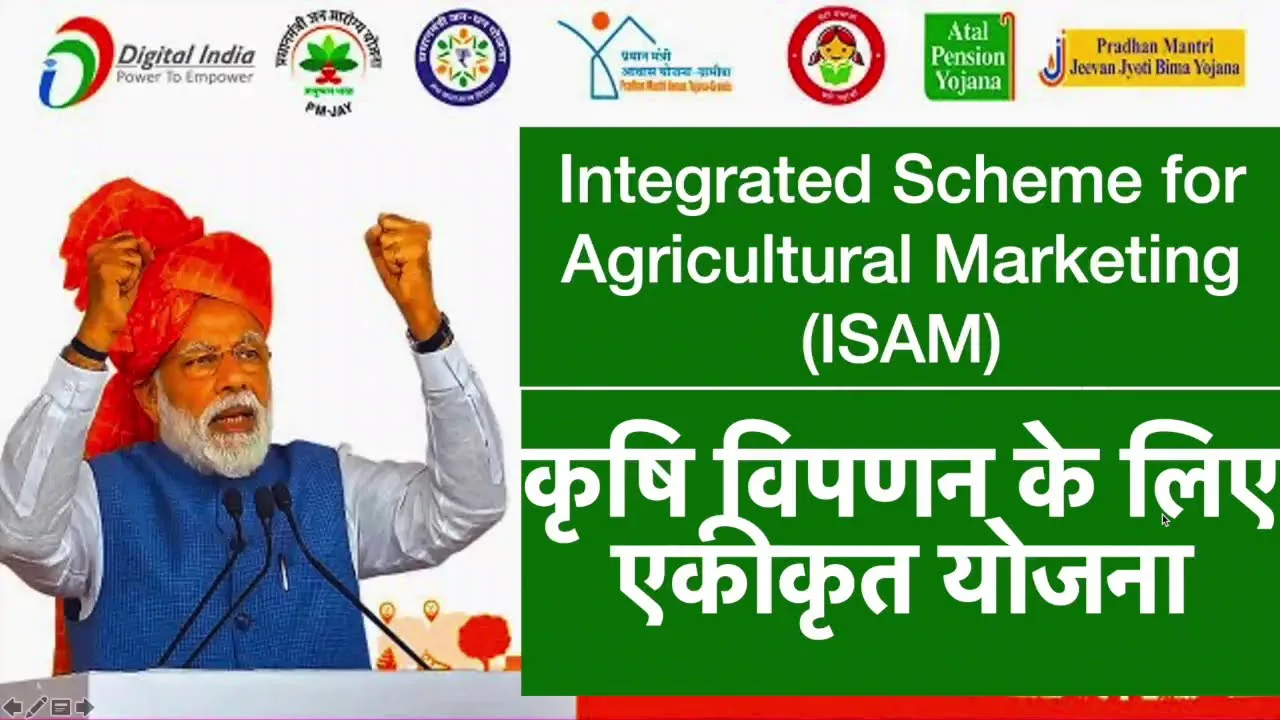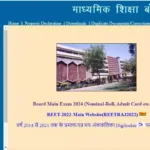For millions of farmers in India, the journey from field to market can be a bumpy ride. Individual producers often face challenges like fluctuating prices, limited access to resources, and a lack of bargaining power. This is where cooperatives come in, offering a collaborative approach to empower farmers and strengthen the agricultural sector.
The Government of India’s Integrated Scheme on Agriculture Cooperation (ISAC) serves as a crucial support system for these cooperatives. Launched by the Ministry of Agriculture and Farmers Welfare and implemented through the National Cooperative Development Corporation (NCDC), ISAC aims to bridge the gap between individual farmers and a more secure, profitable agricultural ecosystem.
Working Together, Achieving More: Key Objectives of ISAC
ISAC operates with a clear vision: to create a robust cooperative network that empowers farmers and propels agricultural growth. Here’s a breakdown of its key objectives:
-
Financial Muscle for Cooperatives: ISAC provides financial assistance to cooperatives in various forms. This can include loans, equity support, and subsidies. This financial injection helps cooperatives invest in infrastructure, storage facilities, processing units, and marketing initiatives. Stronger cooperatives, in turn, can offer better services and bargaining power to their farmer members.
-
Bridging the Knowledge Gap: ISAC recognizes the importance of farmer education and skill development. The scheme supports training programs for farmers and cooperative members. These programs cover diverse topics like improved agricultural practices, value addition techniques, cooperative management, and financial literacy. By equipping farmers with relevant knowledge, ISAC empowers them to make informed decisions and navigate the agricultural market more effectively.
-
Reaching New Horizons – Market Access and Innovation: ISAC understands that market access is critical for farmers to reap fair returns. The scheme supports cooperatives in developing robust marketing linkages. This can involve setting up direct marketing channels, establishing farmer producer organizations (FPOs), and promoting brand building for agricultural produce. Additionally, ISAC encourages innovation within cooperatives. This could involve supporting the adoption of new technologies, promoting organic farming practices, or exploring value-added products.
-
Building a Strong Cooperative Ecosystem: ISAC goes beyond just supporting individual cooperatives. It aims to strengthen the entire cooperative ecosystem in India. This includes initiatives like capacity building for NCDC and State Federations, promoting inter-cooperative linkages, and fostering a supportive policy environment for cooperatives. By creating a robust support structure, ISAC helps cooperatives function more efficiently and deliver greater value to their farmer members.
Success Stories: Empowering Farmers Through ISAC
The impact of ISAC is evident in the numerous success stories across India. Here are a few examples:
-
SAFAL: The Sahyadri Farmers Producer Company (SAFAL) in Maharashtra is a prime example. ISAC’s financial and technical assistance helped SAFAL establish a processing unit for mangoes. This not only reduced post-harvest losses but also enabled farmers to earn better prices for their produce.
-
Fish Cooperatives in Kerala: In Kerala, ISAC has supported several fish cooperatives. The financial assistance and training programs have helped these cooperatives improve fish processing techniques and establish better market linkages. This has resulted in increased income for fisherfolk and reduced wastage.
-
Organic Farming Cooperatives: ISAC has also played a role in promoting organic farming practices. Cooperatives in states like Sikkim and Karnataka have received support to set up organic certification processes and develop marketing channels for organic produce.
These are just a few examples of how ISAC is transforming the lives of farmers across India. By fostering a collaborative approach and empowering cooperatives, the scheme is paving the way for a more sustainable and profitable agricultural sector.
The Road Ahead: Challenges and Opportunities for ISAC
While ISAC has achieved significant progress, there are still challenges to address. Reaching out to small and marginal farmers, promoting greater participation from women farmers in cooperatives, and ensuring the smooth implementation of schemes at the ground level are some key areas that require continued focus.
However, the future of ISAC looks promising. With increasing government support, technological advancements, and a growing focus on farmer-centric initiatives, cooperatives have the potential to become the backbone of a thriving Indian agricultural sector. By continuing to empower farmers and foster a spirit of collaboration, ISAC can play a pivotal role in shaping a brighter future for Indian agriculture.




